This PCB set is the starting point for the Gyraf Audio G7 DIY Tube Microphone with power supply PCB. Please see the “Documentation” tab for build info.
This is a true variable-pattern microphone, capable of doing omni, cardiod and figure-of-eight. This is acheived by polarizing the front and back diagphram of the capsule in different ways with respect to the center electrode.
To act like a microphone, we need a voltage charge across the capsule. When the capsule changes capacitance (that is: the distance between the electrodes are changed by sound pressure) is changed, so does the amount of energy that can be held stored in this capacitor. But as we are charging/discharging with a hell of a small current – the 1GigaOhm resistor – the current really has nowhere to go, and so results in a varying voltage potential across the capsule.
The polarization scheme can be a little difficult to understand at first. To acheive simple remote switching of the polar patterns, a single variable voltage is used for this, only changing the charge of the back part of the capsule.
We want to keep the front electrode of the capsule at ground potential – 0V – at all times, both to act as a shield for incoming electrical disturbance and to avoid electrostatically attracting too much dust from the environment. So to keep a voltage charge across the capsule, we bias the center electrode by the means of two 470K resistors dividing our 160V supply voltage in half – resulting in +80V.
Now we have -80 volts at the front electrode, referred to the center electrode. If we now bias the back electrode with the same (-80V ref. Center = 0V polarization voltage), a positive sound pressure on the back capsule will have the same voltage-potential effect on the center as when applied on the front capsule. This sensitivity pattern is then OMNI directional.
If we polarize the back electrode at +80 Volts, no voltage difference will exist between this and the center electrode, already offset at +80V. This in effect mutes the back capsule, resulting in the CARDIOD directionality.
At last, if we polarize the back capsule at +160 Volts, we’ll have a charge of +80 Volts relative to the center electrode. Now a positive sound pressure applied to the back electrode will produce an 180 degrees out-of-phase signal compared to the front capsule. When applying a sound pressure from the side of the microphone, so both capsules sees the same sound pressure, the signals coming from the two capsules will be in opposite phases, effectively canceling each other. This is the FIGURE-OF-EIGHT directionality.
The changing voltage potential on the center electrode of the capsule is picked up and amplified by the EF86 Pentode, which is wired in triode mode – just like the VF14 pentode in the U47. It’s input resistance has to be kept VERY high not to disturb the charge/discharge of the capsule, so we use a 1G resistor to bias the grid to 0VDC.
From the anode of the EF86 we take the signal thru’ a 2u2 DC blocking capacitor to the output transformer, a Lundahl LL1538 microphone input transformer, here used the “wrong” way around, converting the 15K output impedance of the tube into more useable 600R, and so driving the cable and your microphone preamp with low impedance.
On the PCB board there’s an option for adding a trimmer and a capacitor in order to introduce cathode feedback to the tube amplifier stage. This lowers both distortion figures and output impedance, but cancels out a lot of the “tubey” sound – the reason we bother to make a tube microphone in the first place. The reason I have’nt removed this option, is for purely educational reasons – if you want to do some experimenting yourself. This is also where you can put in various equalizations if you like that. But for the best sound – at least to me – leave the tube undisturbed by feedback and other dirty tricks. “
This is a very simple power supply. You only need a couple of mA at 160V for the anode, and about 200mA at 6.3V for the heater. The PSU is based on standard transformers to make it easier for you get hold on them. First there’s a mains-to-9V about 5VA transformer, that is rectified and regulated to 6.3V DC by a LM317T regulator. This is sent to pin 6(+) and 7(0) on the XLR, to power the heater in the microphone.
The 9VAC from the first transformer is also taken to the secondary(“the wrong way around”) of a 220:15V transformer. Now we have about 135V AC on the primary of this second transformer. We rectify this and remove ripple with a 220uF/200V (or maybe larger)electrolytic. We take this DC thru another ripple filter consisting of a 10K resistor and another 220uF/200V (or maybe larger)electrolytic. Now we have our 160VDC for the anode (HT) voltage of our EF86 tube, and run this to pin 2 on the XLR, the ground goes to pin 1.
Now we need the polarizing voltages: 0V, 80V and 160V. The 0 and the 160 are easy, we have them already from the HT supply. We do the 80V simply by dividing the 160V by two 100K resistors, that will also work as “bleeders” ensuring that when you power off the mic, it should be safe to open after 10 to 15 minutes.
BUT ALWAYS CHECK YOUR VOLTAGES BEFORE TOUCHING ANYWAY!!! ( Burnt out bleeders often results in burned out tecnicians. And we dont want that!)
OK – the three different polarization voltages are taken to a 3-pole switch that selects the pattern you want, and goes to XLR pin 5.

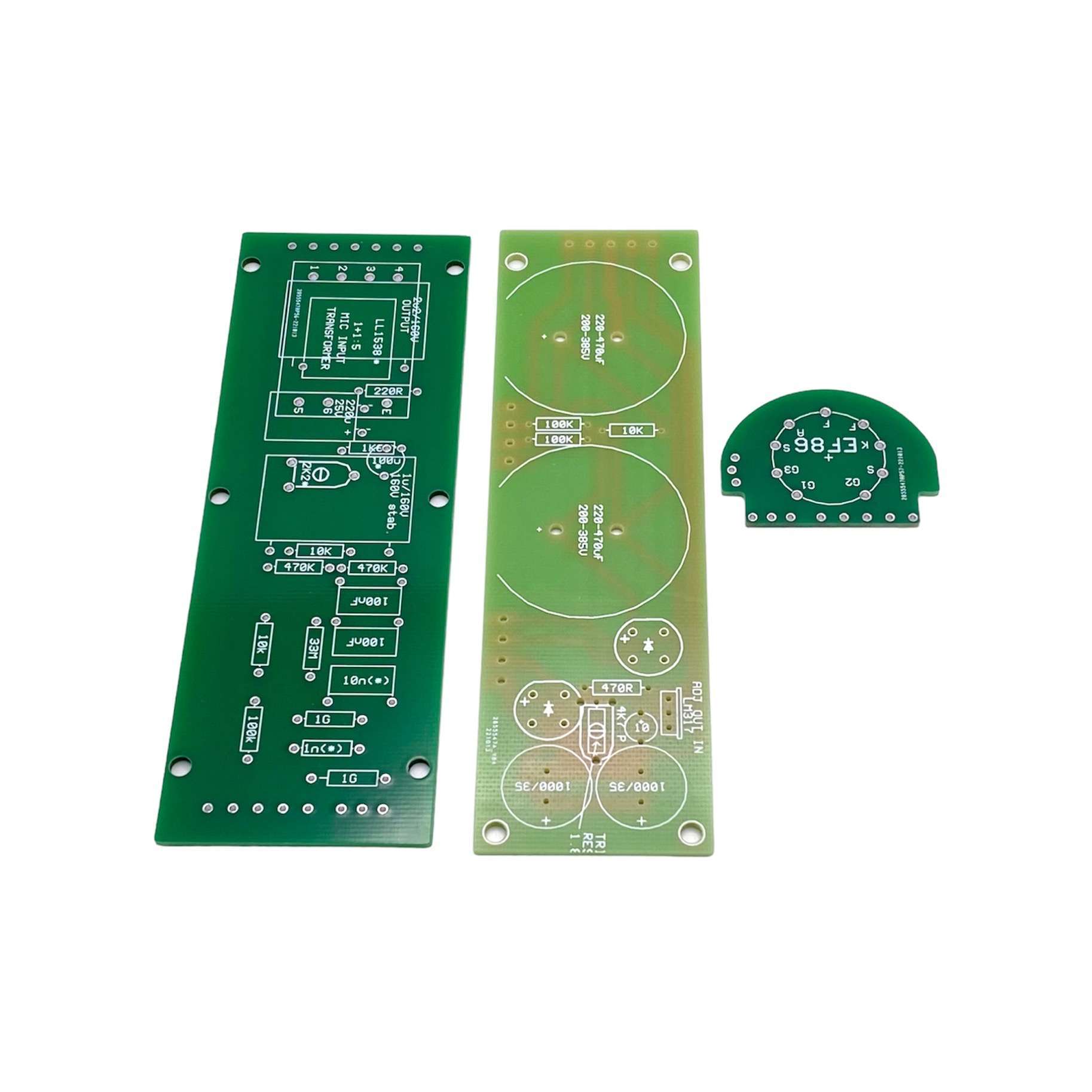
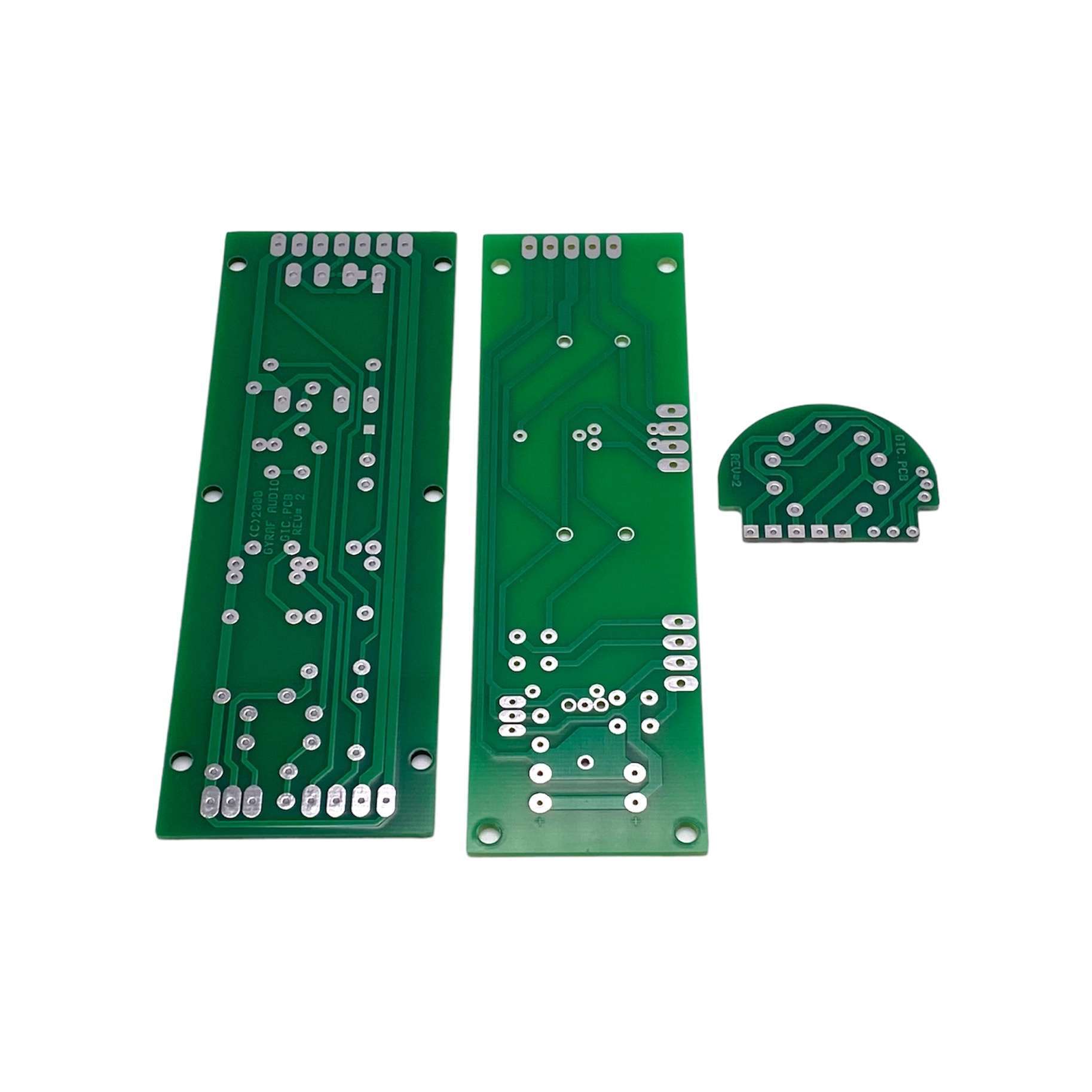
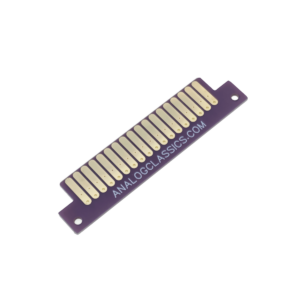
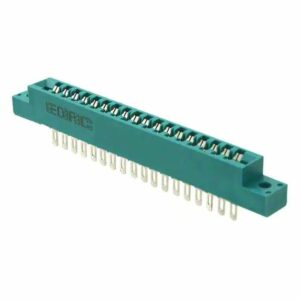
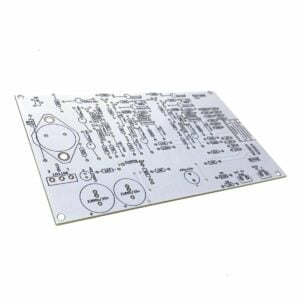
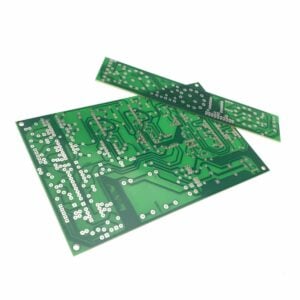
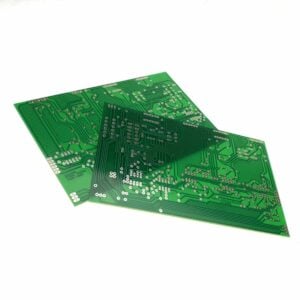
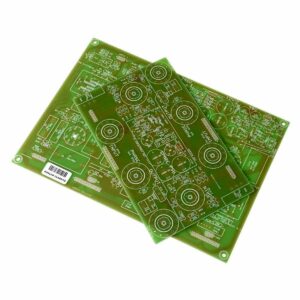
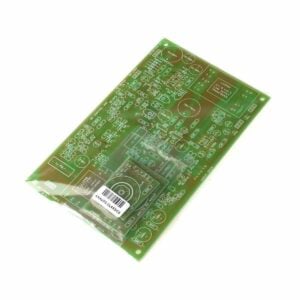
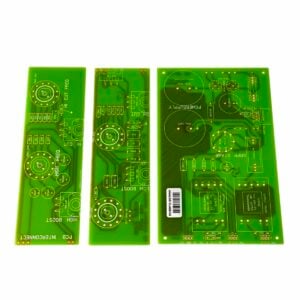
Reviews
There are no reviews yet.